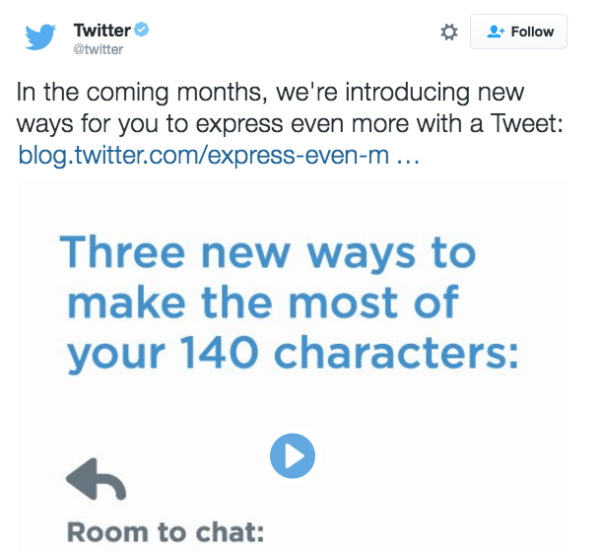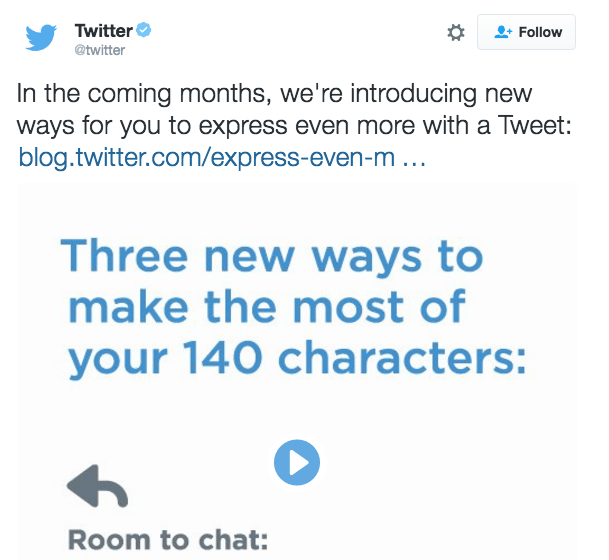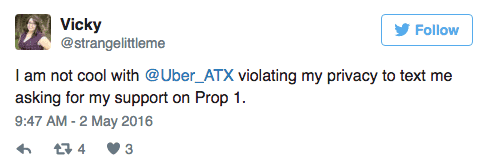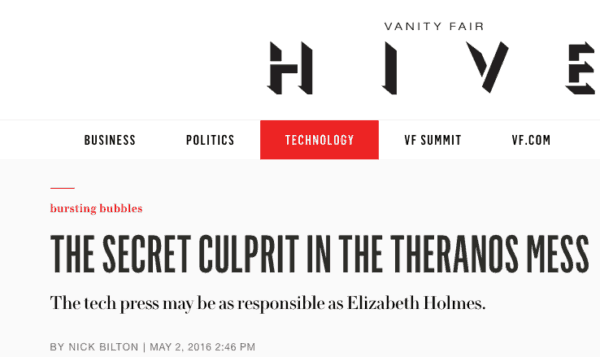
Don’t be afraid of Twitter’s latest changes – they actually help you say more in a tweet.
Twitter recently updated how it counts out the 140-character maximum within a tweet. Now, @names and media attachments will not count against the limit. This is a huge help for businesses, who can now respond to questions on Twitter more efficiently.
These changes are rolling out over the next few months, so if that cat GIF still takes away from your character limit today, try again later.
Twitter will also allow you to re-tweet yourself and the company has simplified the way in which a reply can be seen more publicly, but the changes to the 140-character limit are the most relevant to marketing.
Twitter has been working to provide more value within the 140-character frame. Earlier this year, rumors swirled about Twitter bumping the character limit all the way up 10,000, possibly as a way to combat blogging platforms like Medium and WordPress. CEO Jack Dorsey even entertained the possibility of making 140-character tweets a thing of the past.
Why is this an issue? Try reaching out to your (least) favorite airline, especially if you have a longer username.
Odds are, if your query is more advanced, you’ll get a multi-tweet reply or a response filled with abbreviations, making it look like a text message from your Gen Z intern.
Sam, apologies for the delay! Can I help with rebooking any flts? If so, pls follow/DM your confirm #. *KM
— Delta (@Delta) May 27, 2016
Shortening words like “please” and “flights” were necessary to get that tweet out, but it looks weird coming from an established brand like Delta.
While these changes don’t solve the problem completely (and to be fair, many companies use direct messages for longer interactions), it allows the 140 characters you choose to matter more.
If you’re still looking for a way to get the most out of those 140 characters, try using Twitter’s video feature to add a personal response to a customer question. While you can still respond via text, the 30-second video allotment is a way to surprise and delight customers while humanizing your brand.
Even better, once these changes go into effect, the video won’t eat up characters.
This is something that change evangelist Brian Fanzo does occasionally, as a way to enhance responses.
@jeremypmurphy @H2HChat great question as I've done 16 geofilters in last 4 months! #H2HChat here are my thoughts: pic.twitter.com/lxPp4vIB2y
— Brian Fanzo (@iSocialFanz) May 23, 2016
Soon, when you respond to someone like @NoahSyndergaard or @KimKardashian (or one of your well-named customers), the character count will start with your first letter, not their handle.
By Justin Lafferty









